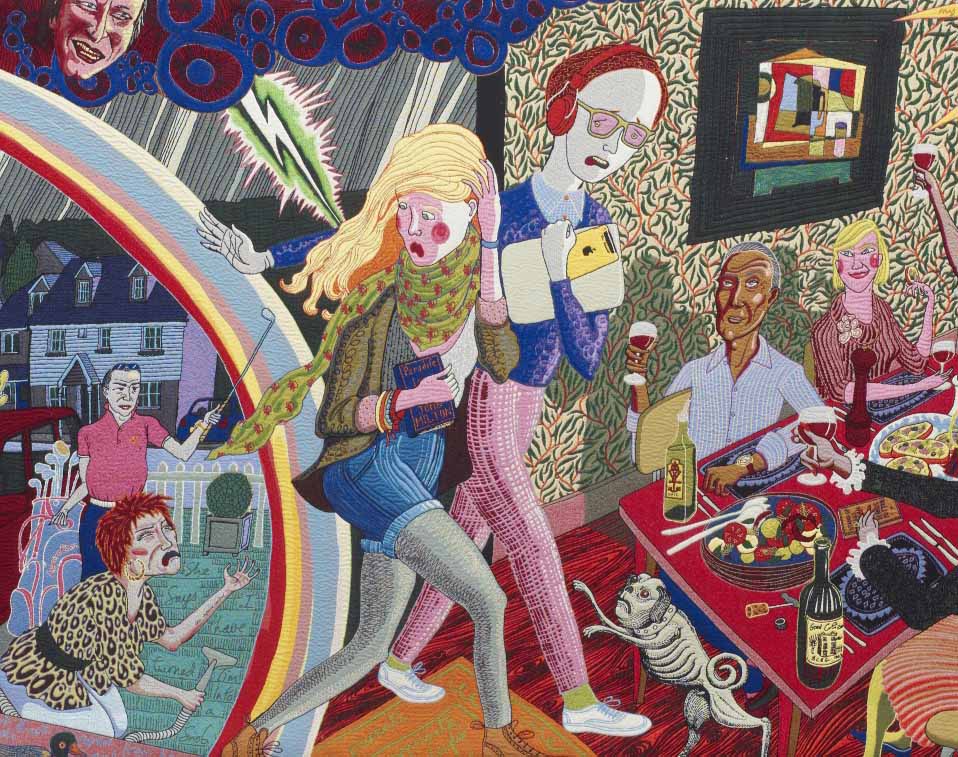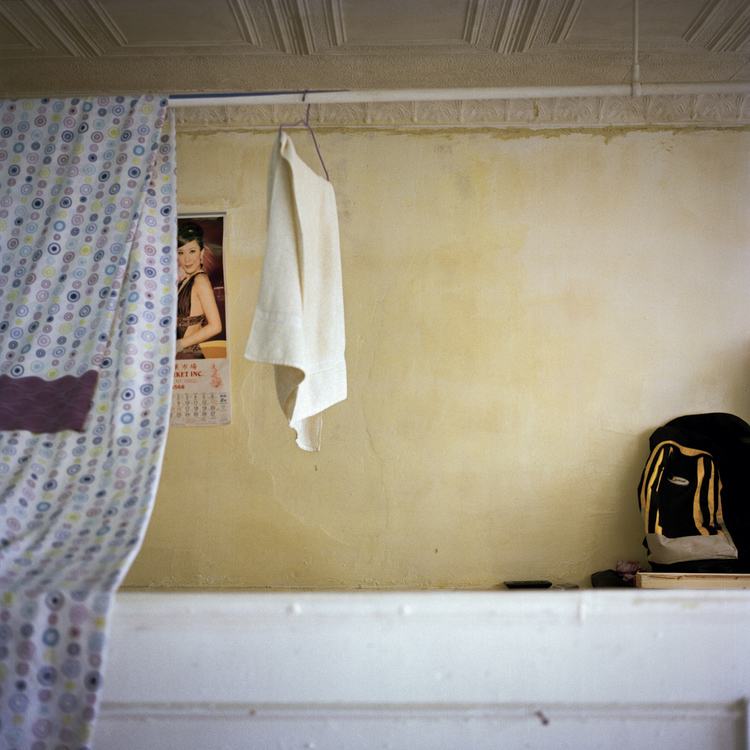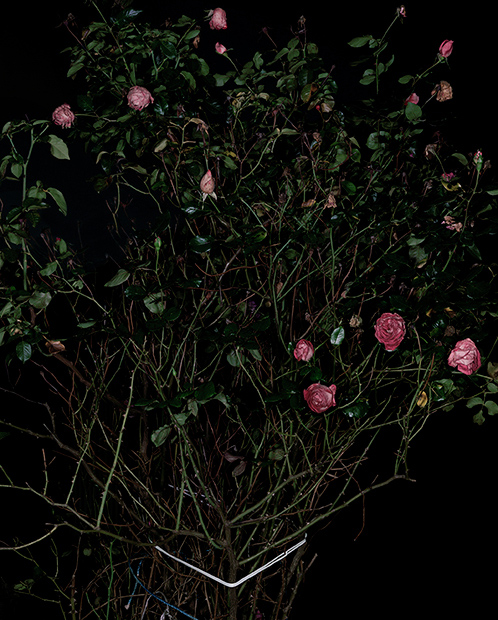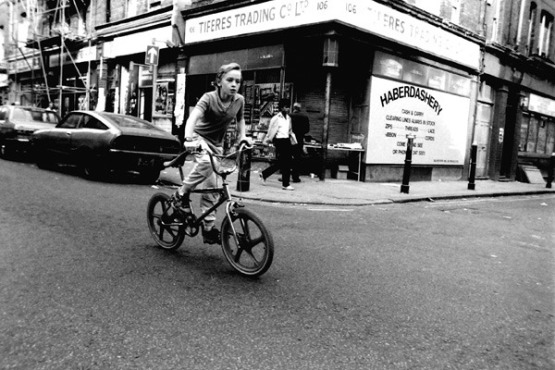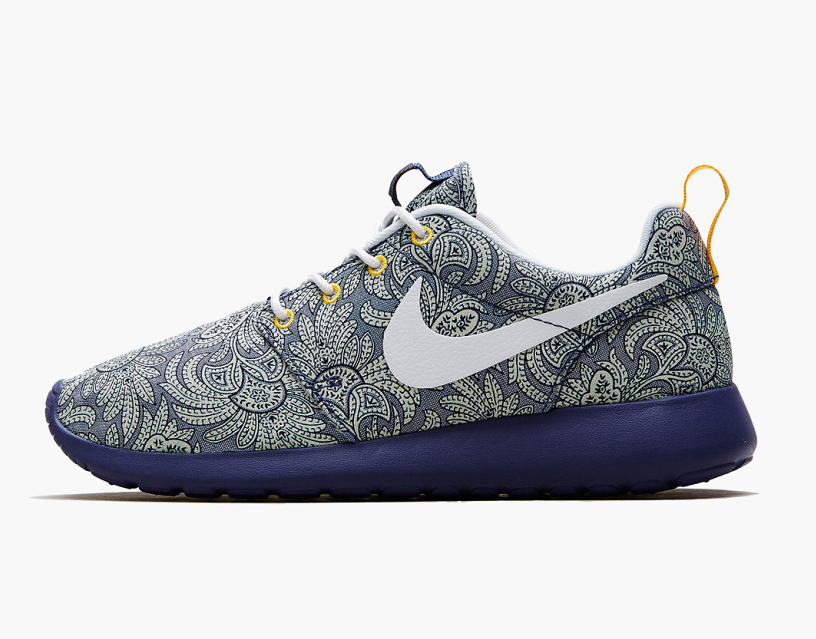Posted on
2014-04-07
Over the years themes such as the analyst’s couch, the municipal rose garden as still life in-situ, the drawing studio and the singular female subject have been central to her concerns. Her photographs are often made on location and illuminated with carefully controlled lighting that allows the subject to both emerge from and recede into a darkened space. Through the use of analogue techniques Jones studies the correspondence between the skein of the film, the surface of the photographic print and the surface of her subjects. For Jones this attention to materiality brings to mind the act of mark making in drawing.
She has previously used the diptych as a formal device and direct reference to early stereographic photographs in order to present two perspectives of a single form. More recent diptychs consider the act of doubling and the alchemic nature of the photographic process by literally flipping an image. One becomes an imprint or reflection of the other recalling the Rorschach inkblot. In such an act of mirroring, Cabinet (II) (After Man Ray) (I) and _ picture a curved glass object that recalls Man Ray’s _Le Violon d’Ingres, (1924). Other works in the exhibition reflect on the photographic language of Florence Henri, Karl Blossfeldt and Eugene Atget.
Opposite – The Rose Gardens (Display) (VI), 2014
Exhibition runs through to April 19th, 2014
Maureen Paley
21 Herald Street
London
E2 6JT
www.maureenpaley.com
